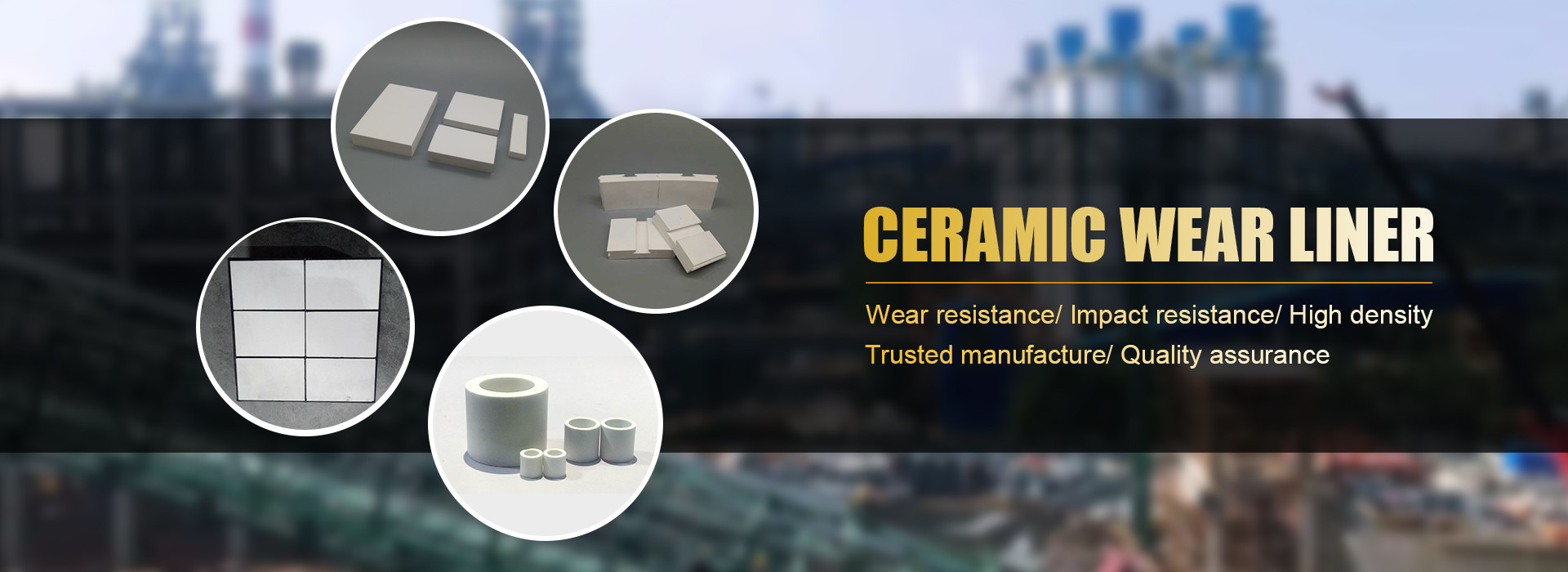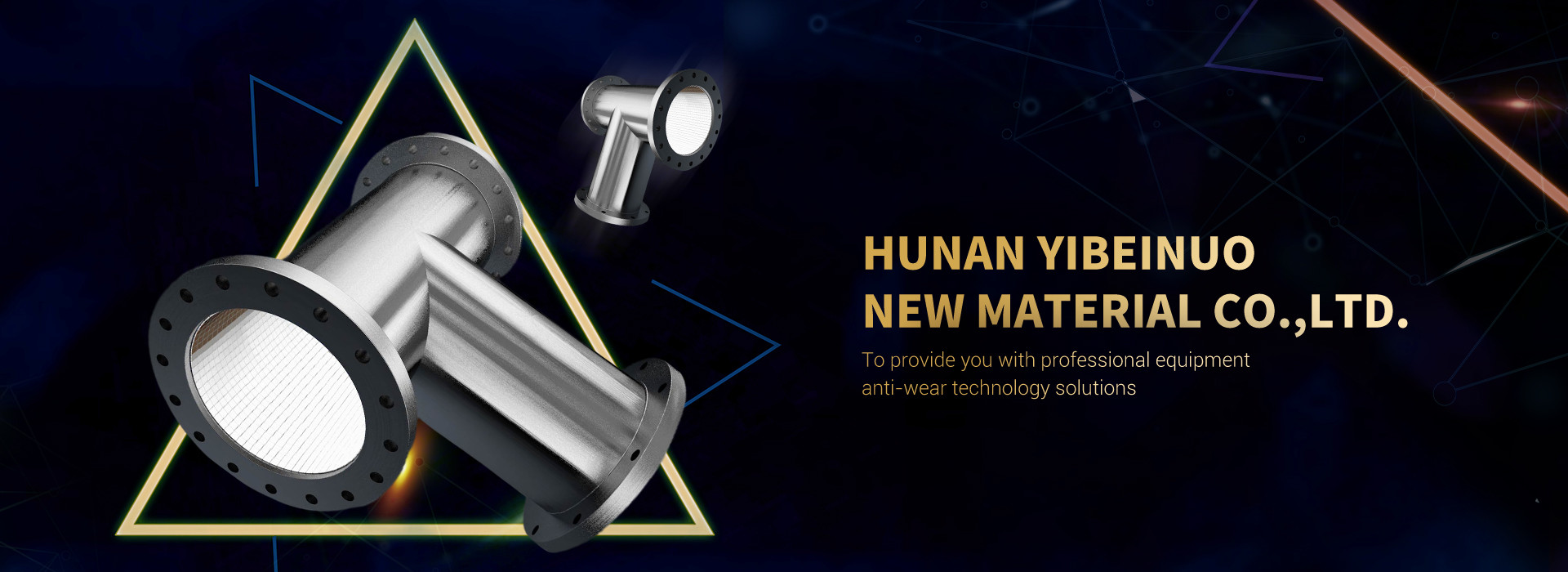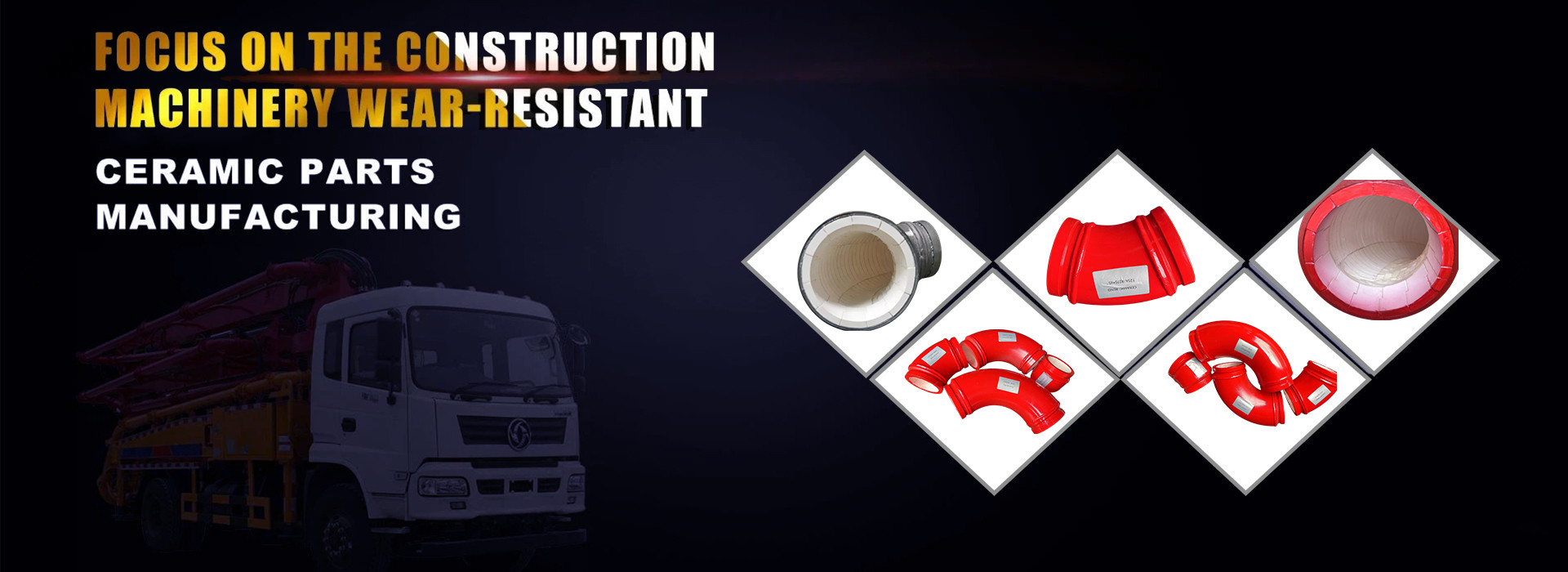Alumina ceramic rings are annular ceramic products made from alumina (Al₂O₃) powder as the main raw material through molding, sintering, and other processes. Its alumina content is usually above 90% (commonly 95 porcelain, 99 porcelain, etc.), with excellent physical, chemical, and mechanical properties, and is a high-performance ceramic component commonly used in the industrial field.
Its core function is to effectively improve the service life of wear-resistant ceramic pipes by isolating the direct contact between steel structures and materials. Ceramic rings are usually made of a variety of ceramic raw materials such as alumina and zirconia, which are mixed in precise proportions and form a dense structure in a high-temperature sintering environment. The difference in raw material formula gives it diverse performance characteristics.
Performance characteristics of alumina ceramic ringsHigh hardness and wear resistance: The Mohs hardness can reach 9 (second only to diamond), suitable for high wear environments, such as mechanical seals, bearings, etc.
High temperature resistance: The melting point is about 2050℃, and the long-term use temperature is above 1600℃, suitable for high-temperature furnaces, thermocouple protection tubes, etc.
Corrosion resistance: Resistant to strong acids (except hydrofluoric acid), strong alkalis, and organic solvents, used for chemical pipelines and reactor linings.
Excellent insulation performance: Good high-frequency insulation and high dielectric strength, it is an ideal material for electronic devices (such as insulators and circuit substrates).
Low thermal expansion coefficient: Good thermal stability and strong thermal shock resistance, suitable for temperature-sudden-change environments (such as aerospace components).
Engineering application fieldsMechanical engineering fieldAlumina ceramic rings, as core functional components, play an important role in key parts such as mechanical seals, bearing systems, and wear-resistant pipe linings. With its ultra-high hardness, excellent wear resistance, and chemical corrosion resistance, it can greatly improve the operating stability and service life of mechanical equipment, especially suitable for harsh industrial environments such as high wear, strong impact, and heavy load.
Electronic industry fieldIn the field of electronic information technology, ceramic rings mainly undertake key functions such as insulation support, thermal management,t and signal protection. Its excellent dielectric properties, low dielectric loss, and good thermal conductivity can meet the extreme requirements of high-frequency electronic components for insulation materials, while providing efficient heat dissipation guarantee for high-power electronic modules.
Chemical process fieldDue to its strong corrosion resistance and chemical inertness, ceramic rings are an ideal choice for chemical reactors, pipelines, valve components, and other equipment. By constructing a highly stable corrosion-resistant protective layer, it can effectively prevent medium leakage and equipment corrosion, ensuring the long-term safety and stable operation of the chemical production process.
Development TrendsWith the continuous breakthroughs in materials science and preparation technology, the performance improvement of alumina ceramic rings will focus on lightweight design, multifunctional composites, and precision structure optimization. By adopting advanced methods such as nano-modification technology and gradient material engineering, its mechanical strength, high temperature stability, and interface bonding performance will be significantly enhanced. In the future, ceramic rings are expected to expand their wider applications in high-tech fields such as new energy equipment, precision manufacturing, aerospace, etc., providing core material guarantees for the innovative development of modern industry.

 Your message must be between 20-3,000 characters!
Your message must be between 20-3,000 characters! Please check your E-mail!
Please check your E-mail!  Your message must be between 20-3,000 characters!
Your message must be between 20-3,000 characters! Please check your E-mail!
Please check your E-mail! 


